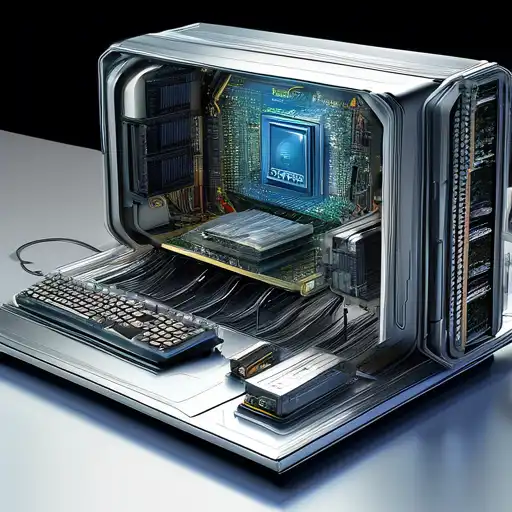The Evolution of Computer Hardware Design
As we delve deeper into the 21st century, the future of computer hardware design is being shaped by groundbreaking innovations and evolving consumer demands. From quantum computing to biodegradable components, the next generation of hardware is set to revolutionize how we interact with technology.
Quantum Computing: A Leap into the Future
Quantum computing represents a monumental shift in hardware design, offering processing power that dwarfs traditional computers. By leveraging the principles of quantum mechanics, these computers can solve complex problems in seconds that would take years for current systems to process.
Biodegradable and Sustainable Materials
Sustainability is becoming a cornerstone of hardware design. Manufacturers are exploring biodegradable materials and energy-efficient production methods to reduce environmental impact. This shift not only addresses ecological concerns but also opens new avenues for innovation in material science.
The Rise of Customizable Hardware
Personalization is key in the future of hardware design. Consumers are seeking devices that can be tailored to their specific needs, leading to the development of modular computers and customizable components. This trend emphasizes flexibility and user-centric design.
Integration of AI in Hardware Design
Artificial intelligence is playing a pivotal role in shaping future hardware. AI algorithms are being used to optimize design processes, predict hardware failures, and enhance performance. This integration is making hardware smarter, more efficient, and capable of self-improvement.
Challenges and Opportunities
While the future of computer hardware design is bright, it is not without challenges. Issues such as data security, energy consumption, and manufacturing costs must be addressed. However, these challenges also present opportunities for innovation and collaboration across industries.
Conclusion
The future of computer hardware design is a fascinating blend of innovation, sustainability, and personalization. As we look ahead, it's clear that the boundaries of what's possible are continually expanding. By embracing these trends, designers and manufacturers can create hardware that not only meets the demands of tomorrow but also shapes the future of technology.
For more insights into the latest in technology and design, explore our technology trends section.
